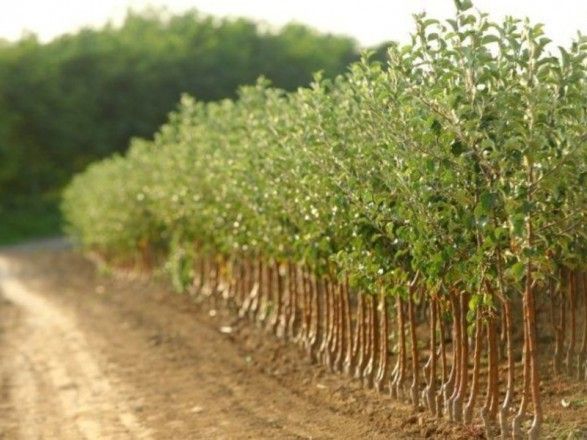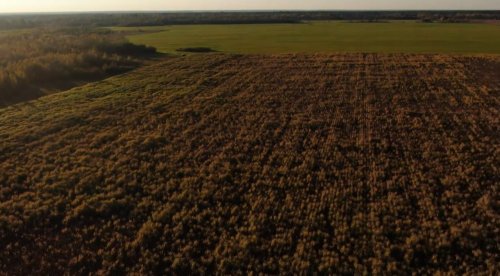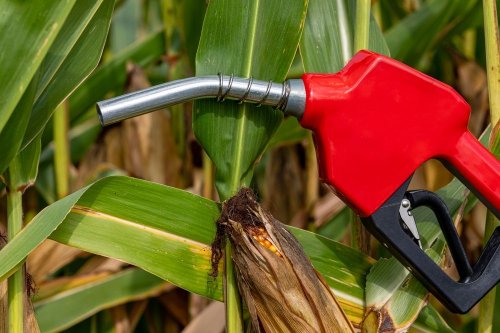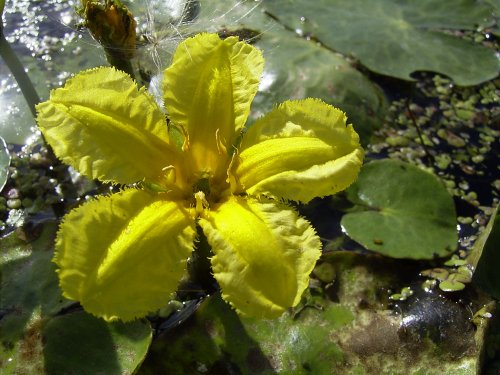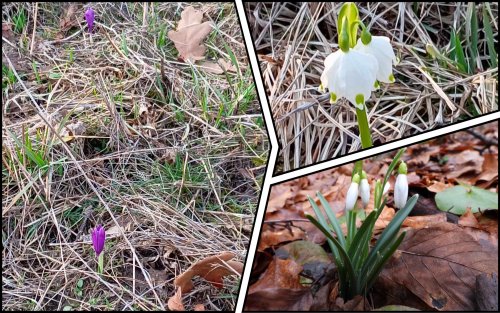The Bioenergy Association of Ukraine (UABIO) has launched interactive online maps that reflect the land potential for growing energy plants and their existing plantations across regions.
For the country, energy plants are the second source of biomass that can replace natural gas and become a raw material for biofuels and biogas, UABIO reported on Facebook.
Thus, the "Area of energy crops" map shows the total area under energy plantations by regions and types of energy plants, and also provides information about plantation owners in each region.
It was developed on the basis of the data of the State Energy Efficiency Agency for 2022.
The message emphasized that as of 2019, the known areas under energy plants amounted to more than 3,000 hectares in almost half of Ukraine's regions.
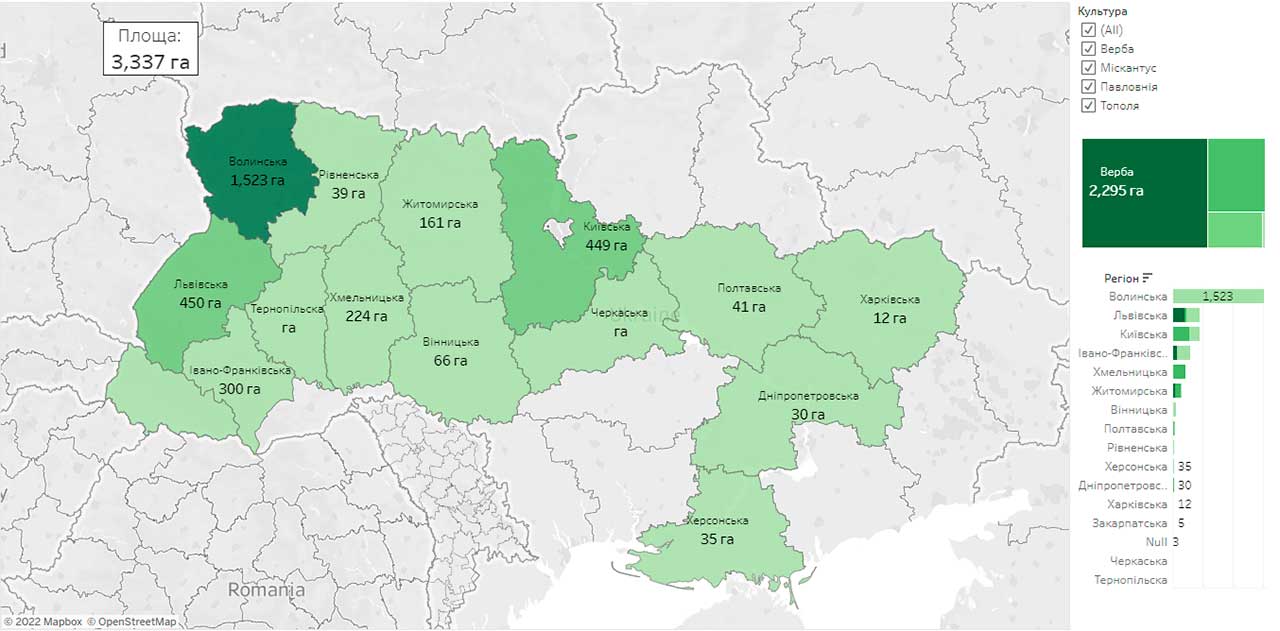
And the "Potential of Marginal and Unused Lands" map reflects the land potential and the number of plots for growing energy crops in the regions of Ukraine.
The message emphasized that the source of data for the map was the results of the BIOPLAT-EU project as of 2020. They also take into account land that has not been in agricultural use for more than 5 years.

Maps are available by link.
"According to various estimates, there are up to 4 million hectares of abandoned agricultural land in Ukraine for the cultivation of energy crops, which, due to their quality or location, are not used by agricultural producers for the cultivation of food crops," the message says.
Bioenergetics experts explained that the list of energy plants that can be grown in Ukraine can be found in the State Register of plant varieties for bioenergy use.
As of September 2022, the register included 36 varieties of woody and herbaceous energy plants, created mainly in Ukraine, which can be grown in all agro-climatic zones of Ukraine, in particular in Polissia, Forest Steppe and Steppe.
Earlier, EcoPoliti wrote, that in Ukraine, draft law No. 8052 "On amendments to certain legislative acts of Ukraine on the development of electronic trade in alternative fuels" was registered, which will create a biofuel exchange.
As EcoPolitic previously reported, the company "Rivneteploenergo" and the Dyadkovytska community of the Rivne region agreed on cultivation and processing of energy willow.

